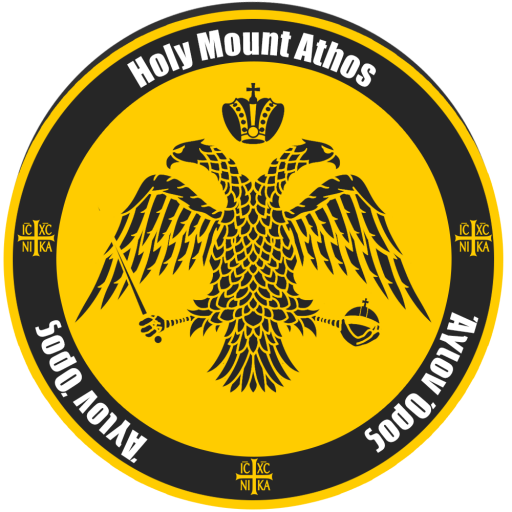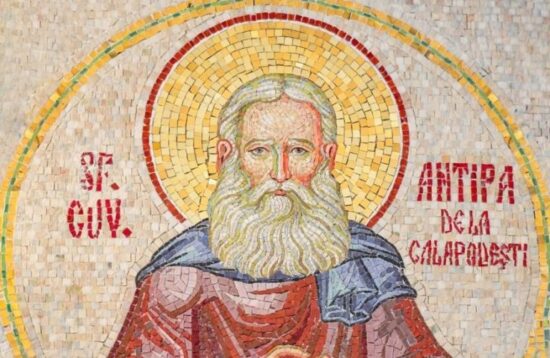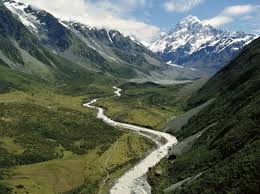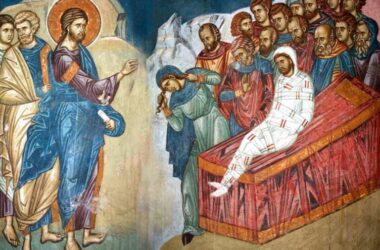Saint Antipa from Calapodești is the only Romanian Saint celebrated in the same time in our Church, in the Russian Orthodox Church and in the Holy Mountain.
During his lifetime Saint Antipa lived in several monasteries from the three mentioned Churches where by obedience and prayer he gained the hearts of peoples and the Kingdom of God.
He was canonized in 1992 by the Holy Synod of the Romanian Orthodox Church having January the 10th as feast day
1) Brazi Skete from Vrancea
Wishing to become a monk, Alexander as he was called on his layman`s name, he went to Brazi Skete from Vrancea. There during his time as a novice he witnessed the finding in a miraculous way of the relics of saint hierarch Theodosius, metropolitan of Moldavia. There he became rasophore receiving the name of Alipius.
The beginning of this monachal establishment was in the 17th century when two monks, Sabba and Teophilact built a small underground church kept until today.
It may be mentioned that at Brazi Skete was buried in 1925 the writer Ioan Slavici and before 1940 the priests Grigore Pişculescu (known as a writer under the penname of Gala Galaction) and Vasile Radu made a new translation in Romanian of the Holy Scripture.
2) Căldărușani Monastery
In the community of Căldăruşani Monastery, Alipie the rasophore was under the care of schemamonk Ghedeon a hermit who had lived for about 30 years near the monastery.
Căldărușani monastery is one of the biggest and oldest Orthodox churches from Muntenia.
The monachal establishment led for a time by pious Gheorghe from Cernica, was from its very beginning one of the most important worship places from the south of our country.
3) Lacu Skete
After two years spent at Căldărușani Monastery, wishing to reach perfection, he went to Lacu Skete from the Holy Mountain.
Lacu Skete is connected with the Icon of the Holy Mother of God `Antifonitria of the Lake` dating from the 8th century.
Monk Daniil from Neamț Monastery restored the skete in 1760, building a wooden church with Saint Demetrios as its patron saint. Since then Lacu Skete has been lived by Romanian monks.
Monk Alipie lived there as a hermit for 15 years.
4) Esphigmenou Monastery
At Esphigmenou Monastery, one of the oldest monasteries from the Holy Mountain he lived for 4 years. There he became a monk under the name of Antipa and he was ordained as a deacon.
5) Prodromou Skete
Saint Antipa became known as a great hermit and practitioner of the Jesus prayer. He became a member of the new monachal community from the Romanian Skete of Prodromou which was founded by the holy fathers Nectarios and Niphon.
The Skete is on the territory of Lavra Monastery near the cave of Saint Athanasios the Athonite and it has Saint John the Baptist as patron Saint.
6) Metochion of a monastery from the Holy Mountain in Iași
In 1860, Antipa returned to his native Moldavia for collecting the money needed for finishing the construction works from Prodromou Skete.
That is how he lived for several years in the monasteries around Iasi – among them being a metochion of a monastery from the Holy Mountain located at Bucium.
7) Lavra Pecerska
He went afterwards in Russia for collecting money for Prodromou Skete living first in Lavra Pecerska, considered then as the New Jerusalem by the Russian believers.
Lavra Pecerska or the Lavra of the Caves is included on the list of the world patrimony of UNESCO.
The monachal establishment had been founded by pious Antonius and Theodosius
8) Valaam Monastery
In November 1865, after sending the aids collected for Prodromou Skete he established at Valaam Monastery where in his 17 years spent there he was ordained as a priest.
Known under the name of the Holy Mountain from the North or as the Great and honored Lavra, Valaam Monastery is on the island with the same name from the Northern part of Ladoga Lake in the Russian region of Kareliya, on the biggest island from an archipelago with 50 islands.
The monastery had been founded in the year 992 by the monks Serghie and Gherman.
There hieroschemamonk Antipa reposed at the age of 66 years old being buried in the communal grave of Valaam Monastery.
Source: http://basilica.ro






